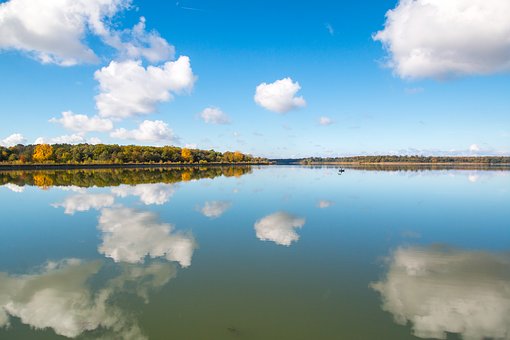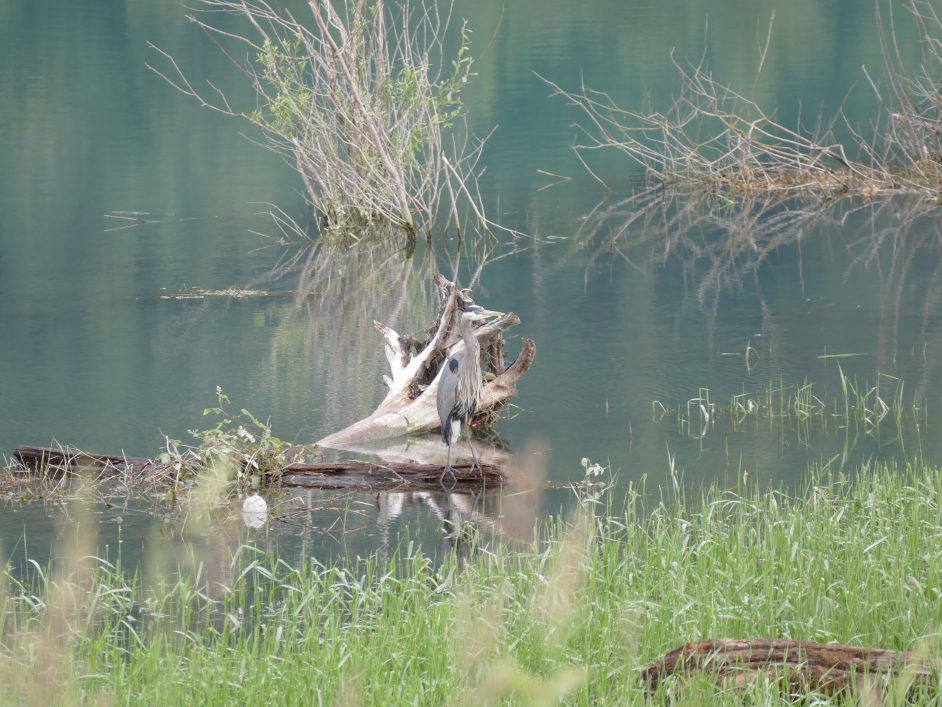

What are you bringing on your hike?
This is a reasonable question to ask and it is a good starting point in the planning of this outdoor experience. This outdoor sport is growing in popularity every year. The reasons for this growth are not complicated.
A pleasant, casual walk in a natural setting, of your choice, little or no special equipment required, on a beautiful, sunny day.
Oh! and did I mention that it’s an excellent form of cardio exercise and that it can also help you to lose some body fat.
Is it possible that hiking is good for your heart and that it can also help you lose a few pounds?
Sounds a bit too good to be true!
Now that I’ve captured your attention, what should you bring along on this outdoor adventure?
This is my list of 10 Things To Bring On Your First Hike
If you are new to hiking in rural or urban settings, or if you have only recently decided to take up this activity, here are some items that you should bring along to make this experience safer and more enjoyable.
Hiking is simply walking, so let’s keep things simple.
1. Friends or Hiking Partners
First, try to enlist at least one of your friends or acquaintances to come along. Together you can research the area you will be hiking in. This can include the geography, the availability of water, and whether any special permits are required.
Are there any dangerous animals such as bears, snakes, and other creatures that can spoil your day?
What will the weather be like while you’re hiking in this area?
Do not try to set any records on your first few hikes. Focus only on safety and enjoying this experience.
2. A map of the area and a compass
Knowing where you are going and what to expect will make your trip more enjoyable and safe. A map can help to familiarize your group with the terrain. This map will show the trails, contour lines, and many other features.
The contour lines describe the elevation changes that you will have to navigate as you make your way through these trails. This topographic map will introduce you to elevations and many other features that describe your area.
A map is very much like a book. The more refined your vocabulary, the more information, you can extract.
If you are unfamiliar with the compass and you or someone in the group has one, bring it along. Bring the instructions along as well. This can serve as an outdoor learning experience when you stop to rest.
If you are new to the compass, stay on the trails and you will be fine.
A good habit to develop is this one. Always look back, from time to time, to see what the trail will look like when you make your way back home.
This is especially useful at forks in the road, in the middle of a long valley, crossing a creek, and all similar landmarks. Observing your environment will give you greater confidence in finding your position on your map.

3. Water
Staying hydrated while exercising is very important, however, water is very heavy to carry in large quantities.
On short trips, it’s quite easy to bring enough water to satisfy your needs and quench your thirst. This short-term solution quickly leads to an empty water bottle.
Thus the need to bring a water filter along. The LifeStraw is an easy solution for day trips.
Longer hikes and larger groups will require a more robust water filtration system.
4. Food
This is the fuel that keeps your body functioning properly.
Fresh fruits, meats, cheeses, chocolate and trail mix. Any food that won’t spill, break or go bad quickly can be brought along.
Stick to foods that you normally eat to avoid any type of stomach problems that could spoil a great hiking experience. If you follow a vegetarian or vegan diet, these choices are not for you.
This category is very personal and my recommendation is to stay with the foods and the amounts that you are familiar with.
Focus on bringing foods that have a high energy to weight ratio.

5. Clothing
Season, climate, and weather play a big factor here.
Dress for the season. Carry some form of rain protection if this applies to your environment.
Wear comfortable footwear.
Your footwear should be a prime consideration.
6. A Knife or Multi-tool
Always handy to have, knives and multi-tools have many uses.
7. A Firestarter
Carry 2 small lighters. They are inexpensive and will last you a long time. Learn how to build an emergency fire.
Some parks and recreational areas have campfire bans and sometimes Forest Fire Warnings are in effect.
Treat Fire with the respect it deserves.
8. A First Aid Kit
Carry a First Aid Kit in your pack and know how to use it.
9. A Backpack
A small, comfortable backpack to carry your load. Attach a whistle to it, just in case you are separated from your group.
Three (3) loud blasts from your whistle signal an emergency.
Remember that YOU are carrying the load, so don’t make it too heavy!
10. Someone Who Knows Where You Are!
Leave a note or text message with someone you can trust. It should contain information about where you are going and when you expect to be back.
Bring your cell phone, if your provider has service in the area you will be hiking.
Hiking is a very rewarding activity. It is often the beginning of many great outdoor experiences. It can be paired with fishing, photography, and camping or any other outdoor activity that you can think of.
It can lead to backpacking and a more serious exploration of nature. On these hikes, you will cross paths with birds, mammals, and reptiles.
Bring your binoculars and your camera. The pictures you bring back will encourage your friends to come along and may even introduce you to new people.
Soon you will be hooked on nature and planning your next adventure into the great outdoors.
Comments, questions, and Suggestions
If you have any comments, questions, or suggestions about this pleasant and rewarding activity, do not hesitate to Contact Me with your details.


Hi Sue and thanks for re-visiting my website . I am very happy to hear that you spend a lot of time in the outdoors I DO recommend that you bring your mobile phone in tip # 10 . Cell or mobile phones are always very convenient to have with you in the event that you should require emergency treatment , however , in some areas it is almost impossible to transmit and receive a signal . In this case , an In-Reach unit which can be paired to your mobile phone can send and receive text messages almost anywhere on the planet . This ( In-Reach ) unit is in the same price range as a good mobile phone . Your first option , is to check if your cell phone provider offers service in the area that you will be hiking in . In addition to In-Reach , SPOT and Satellite phones are other options that you have . These last 3 options should be considered if you plan to venture off-grid or in areas where your mobile phone provider has NO service .
If you have service in the area you will be hiking , your mobile phone should always be on your person . All modern phones have excellent cameras that can capture the great memories of your hikes . These can be shared with your friends and would certainly be welcomed at this website . Again , thank you for the visit and stay in touch as I will be reviewing these 3 other options in more detail .
Hey Paul, I read a funny comment by this guy that if you go hiking in bear country, you should also bring a fat friend who can’t run very fast!
On a serious note, thank you for your tips about ten things to bring on your first hike. They are very good tips indeed. You must be a very experienced hiker.
Do you suggest that I leave out my mobile phone?
~ Sue